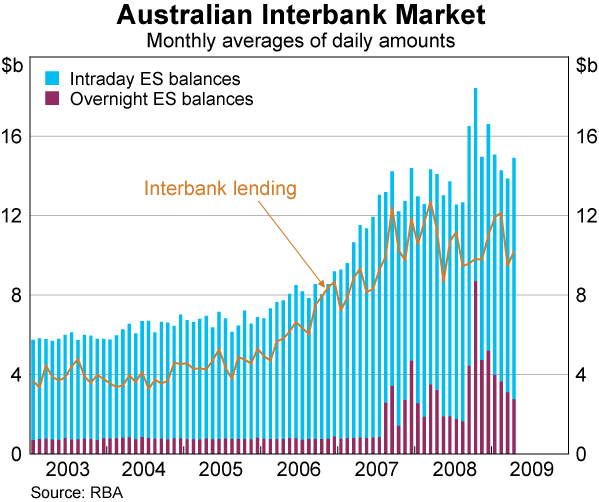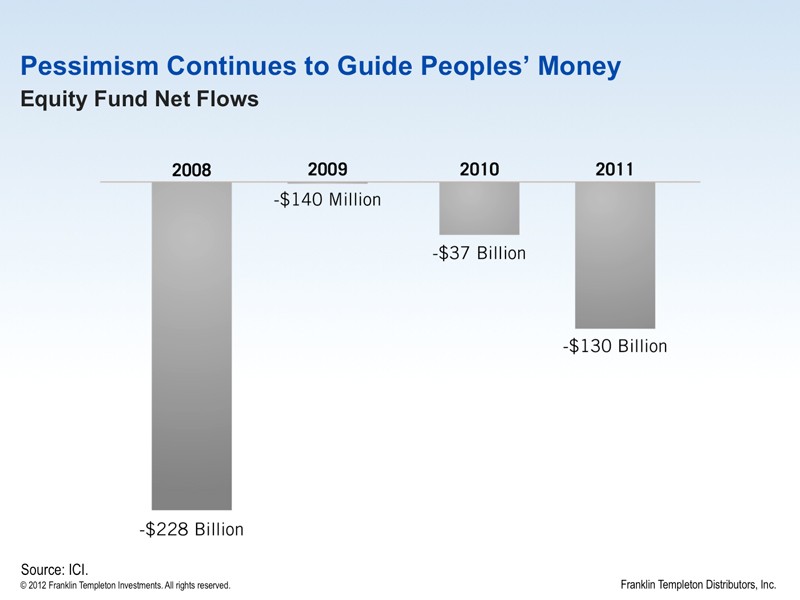Potential Changes to Money Market Funds
Post on: 6 Апрель, 2015 No Comment

Changes could impact corporate investors.
Last month, SEC Commissioner Luis Aguilar outlined proposed changes to Rule 2a-7. which regulates money market funds. These could have a big impact on corporate America, given that about four in five companies use money market funds as a cash management tool, according to the SEC.
The impetus behind the proposed changes is, not surprisingly, a desire to prevent a recurrence of the Reserve Primary Fund. Last September, the Fund “broke the buck,” with the net asset value of its shares falling to 97 cents. Management then instituted a subsequent 7-day freeze on investor redemptions.
In assessing the proposed changes, it’s important to note that money market funds initially were created for retail investors who would buy and hold them, says Lance Pan, CFA, director of research with Capital Advisors Group in Newton, Mass. and author of this paper on money market funds. Over time, however, institutional investors, including corporate investors, began relying on money market funds as cash management tools. That introduced more volatility, given institutional investors’ propensity to trade more frequently. “Some people say that a few bad apples caused the pain,” Pan notes. “I don’t think that’s it. The product got riskier because of institutional investors.”
So, how likely is it that the changes under consideration would prevent another Reserve from occurring? One of the proposals could be key, Pan says. That’s the idea of introducing what’s known as a “weighted average life maturity” or WALM, and capping it at 120 days. This would require money funds to state the actual maturity of individual securities with reset dates, rather than using just the reset dates as they’ve done in the past. This simple change would provide investors with a clearer understanding of the maturities of the instruments in the fund. “This is a major improvement,” Pan says. “You address credit, liquidity, and structure risks with a single measure.”
Other proposals are likely to have less of an effect, Pan adds. For instance, one would limit money funds’ holdings to only those with the highest short-term credit rating. Most funds already comply with this, he notes.

One proposed change that could end up turning corporate investors away from money market funds is the proposal to allow funds’ boards of directors to suspend redemptions if the fund’s value was likely to fall below $1 and it faced liquidation. “It’s incompatible with institutional investors’ use of funds as cash management vehicles,” Pan says. “If you can’t forecast when a fund will shut down, you can’t view it as liquid.”
What’s really needed, Pan says, is a mechanism that could provide funds with external, contingent liquidity. “A fundamental flaw in the money market fund model is the one-day notice to withdraw,” he notes. Given that money market funds invest in fixed income securities with maturities that are longer than a day, the funds are faced with a perennial mismatch between assets and liabilities. The model of the Federal Deposit Insurance Corporation could provide some relief here, Pan says. A money market fund facing a run could borrow from a special-purpose vehicle jointly created by the government and industry.
At this point, no one can predict just how the proposed changes to Rule 2a-7 will fare. While the discussion is under way, treasurers need to evaluate and plan for potential outcomes. “Be prepared and watch the conversation,” Pan says. ###














